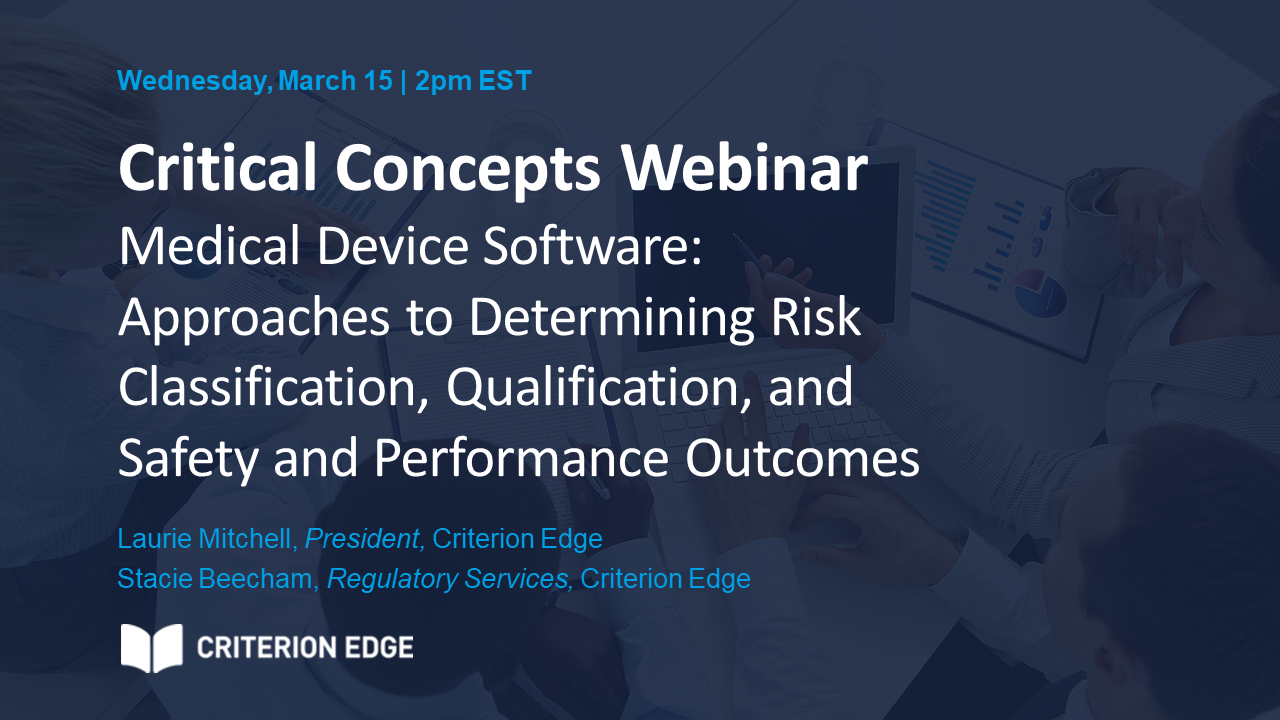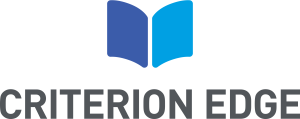Below is an overview of the steps involved in clinical evidence planning and the strategies necessary to satisfy data sufficiency requirements that Notified Bodies are looking for in their reviews, as presented by Dr. Sarah Chavez at the 2022 AAMI/FDA/BSI Annual Conference.
Step 1: Establishing the ‘Intended Purpose’
The intended purpose of an IVD needs to encompass several aspects including:
- What is detected and/or measured?
- What is the function?
- What is the specific information the test provides?
- Is the data quantitative or qualitative?
- What type of specimen is required?
- Who is the intended population?
Step 2: Identifying Sources of Clinical Evidence
The evidence needed to support analytical performance, scientific validity, and clinical performance would come from any of these sources:
- Scientific (peer-reviewed) literature
- Consensus expert opinions or guidelines from professional associations
- Results from proof of concept studies
- Results from clinical performance studies
- Relevant information on the scientific validity of the analyte
Step 3: Aligning Intended Purpose, Data Sources, & Required Searches
Aligning the intended purpose with available data sources can assist in defining necessary searches and organizing data into required reports.
Step 4: Setting up the Systematic Literature Review
Under the new requirement for IVDR in terms of Systematic Literature Reviews (SLRs), in addition to reporting results in the relevant reports, the NBs expect documentation of the entire review process to ensure that it is transparent, unbiased, and reproducible. To ensure compliance with these requirements, some key suggestions pertinent to every step of the SLR process include:
Defining the Questions
- Strictly define the eligibility criteria based on PICO terms, study design, and report characteristics.
Performing the Searches
- Use various specialized searches, including State of the Art (SOTA), PICO, guidelines, competitor, and subject device searches as well as have well-defined search terms, a comprehensive inclusion-exclusion criteria, and pre-set search limits.
Screening
- A careful documentation of each decision made during the screening process, via PRISMA and exclusions tables, ensures transparency and accountability in screening decisions.
- Utilize a multi-level screening approach and screening articles based on their title and abstract as this approach helps to reduce the number of articles requiring full-text review and streamline the process.
Data Extraction
- Consider the analytical and clinical performance objectives that are most relevant to the intended purpose which will help in selecting the appropriate data to be presented and ensure that the most relevant performance objectives are included.
Data Appraisal
- Follow best practices for data collection and analysis, and justify inclusion and exclusion criteria
- Use accepted methods for appraisal including Global Harmonization Task Force (GHTF) and Oxford Centre for Evidence-Based Medicine: Levels of Evidence (OCEBM: LOE) as proper appraisal can lead to more robust and reliable results.
Reporting the Analysis
- In addition to the PRISMA diagram, which provides a visual representation of the identification, screening, eligibility, and results of the review, clear documentation of the search strategy, exclusions, and appraisals is important for transparency and reproducibility of a systematic literature review. This information should be included in the methods section of the review report.
In conclusion, the conference emphasized the critical role of a well-organized and clearly documented SLR in meeting regulatory expectations. SLRs support scientific, clinical, and analytical validity, but a poorly structured search can lead to reviewers cutting the review short or questioning the validity of the report. Developing efficiencies in the SLR process is essential to ensure that the NB clearly understands the process and findings. Therefore, it is crucial to put in the necessary time and effort to craft a solid SLR that makes the entire performance evaluation process more efficient and reproducible.
Criterion Edge has the expertise and resources to write your performance evaluation reports or help you and your team navigate the ever-changing IVDR landscape. Ready for a free consult?



